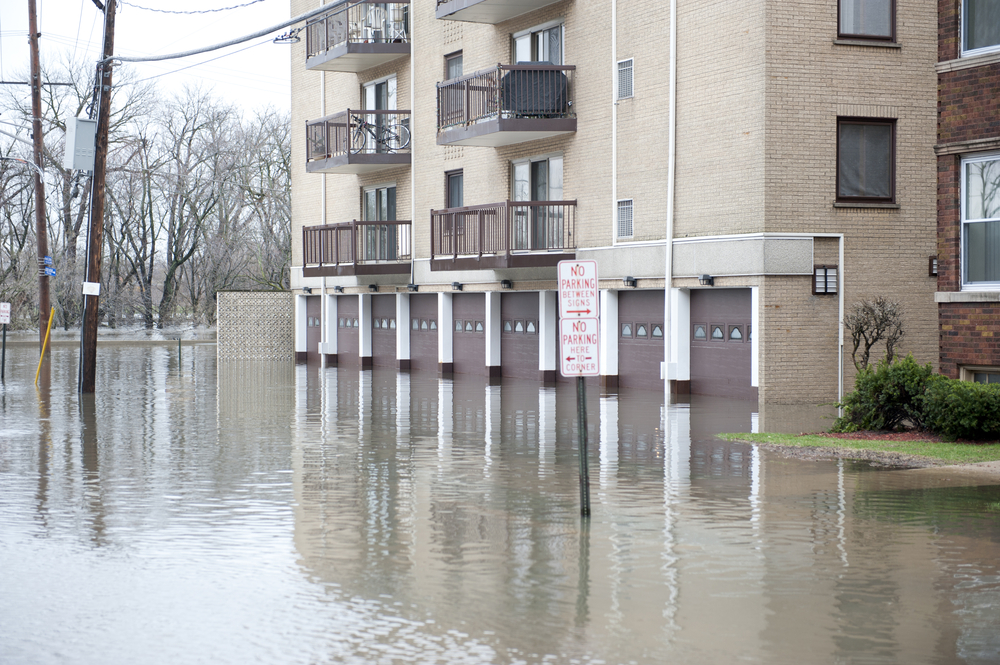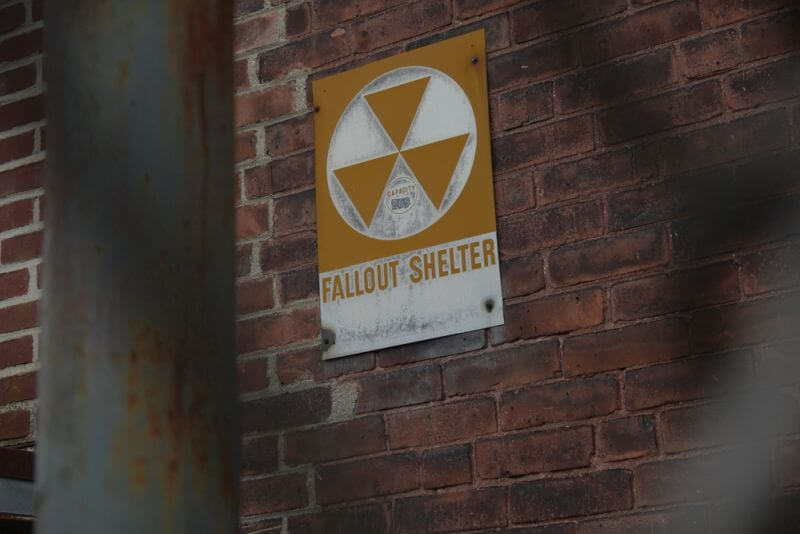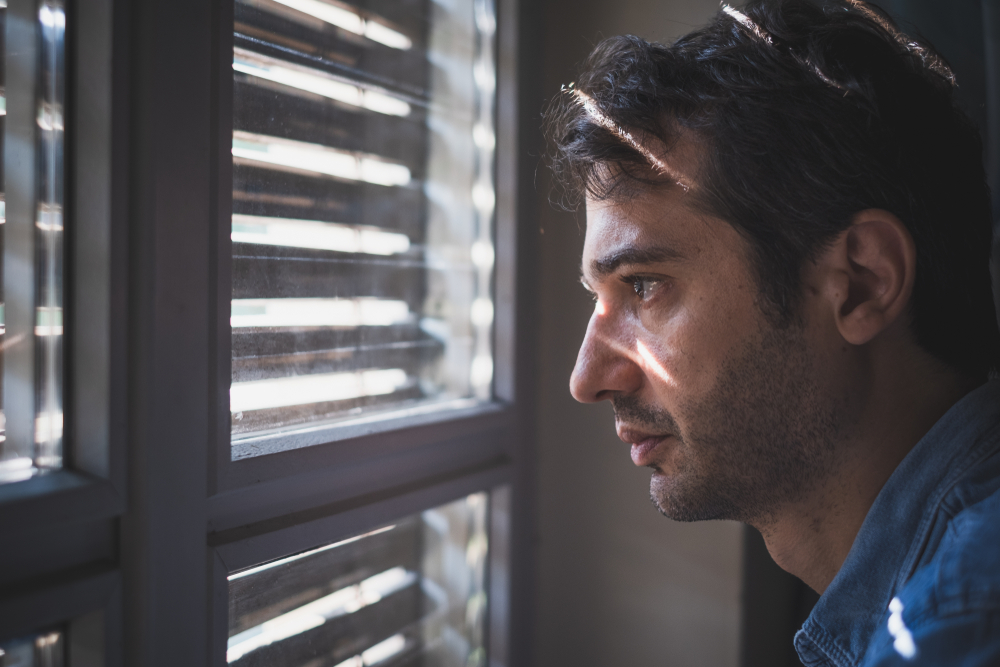Getting your home ready in case of a natural disaster or survival situation is a lot easier than if you live in an apartment complex.
In apartments you’re limited on storage space, you’re in closer proximity to your neighbors and potential threats, and you have little to no room for customizing or renovating your apartment to fit your survival needs. But that doesn’t mean you shouldn’t make your apartment as safe as possible in case a natural disaster happens. If there was ever a time to disaster-proof your apartment, it’s now.
Research Disaster Risks In Your Area
Where you live will greatly impact what to focus on in your disaster plan, since different geographic areas are at more risk of various natural disasters than others. Make sure you research your area so you can put together a comprehensive disaster plan for your home.
- Hurricanes. For those living on the east and gulf coast, hurricanes are a real and common threat. Florida especially is in a dangerous hurricane and tropical storm area. Your weather defence for hurricanes should include making sure your roof is properly secured. High wind hard rain can often rip unfastened roofs right off of homes with ease. Strapping roofs down during hurricane season, as well as sealing the joints between panels and sealing any openings in your windows and doors can help mitigate the water and wind damage.
- Wildfires. Even though wildfires are a high risk for those living on the west coast and in forested areas with little rain, everyone should consider preparing their apartment or home for fire exposure. Your preparation should start with installing dual-pane tempered glass where possible since it’s more resistant to heat. If your apartment has a yard, creating a fire-resistant landscaping zone around your house (flowers shrubs, mulch, etc.) can stop a fire from getting to your home.
- Winter Storms. Blizzards can happen anytime the temperature drops below freezing and occur in areas that often get snowfall in the winter months. Preparing for a winter storm includes clearing gutters (if you have them) of any debris, trimming tree branches that hang over your home. You should also make sure your roof is in good condition. If any shingles are missing or if there is any visible damage, call a professional to repair it well before the first storm of the season hits. Adding additional insulation to your attic can also keep your home or apartment warmer should a storm hit and you are left without power or heating.
- Floods. This natural disaster can hit anywhere, but should be a concern especially for apartments or homes in low elevation areas. Usually, flood insurance will cost less in the long run than having to repair flood damages to your home. There is little in terms of prevention when it comes to flooding. But when you’re given a flood warning, there are a few things to do before leaving the house if you have time. Try to limit the flood’s impact to your possessions by using blocks to elevate your possessions (furniture, electronics, appliances, etc.) on blocks or other stable, waterproof objects. However, if you have to choose between your safety and saving your possessions, choose your safety.
Once you’ve assessed what natural disasters your home will most likely be hit with based on your location, you can begin to make a plan on how to prepare for those situations should the worst happen. Living in a high-risk area doesn’t mean you can’t keep your apartment safe should a disaster strike. As long as you are aware of the risks and prepare accordingly, you can minimize—and perhaps entirely prevent—any damage.
Securing Your Apartment
Before you start implementing your apartment disaster plan, you need to talk to your landlord or apartment owner about what they do and don’t allow when it comes to home improvement and security updates. But if your family’s safety is more important than getting your deposit back (and it should be), it may be more helpful to ask for forgiveness rather than seek permission. And in a disaster situation, I doubt your landlord will be hounding you about your apartment updates.
The good thing about living in an apartment complex is that there are usually fewer points of entry than full homes. In fact, only 26 percent of burglaries happen in apartments compared to residential areas. With apartments, there’s usually only one main point of entry and perhaps a couple windows on the main floor—compare that to a front door, back door, garage door, and the dozens of windows houses have, and you’ll find you’re more secure in an apartment.
Most apartments are also fitted with flimsy and easy to break locks. Switch out your locks when you first move in so you are less susceptible to break ins and broken door frames from natural disasters.
You still need to have a security system in place both outside and inside your apartment. Sensors for your windows in case they get broken by a burglar and cameras for your front door and other access points are a must. Security systems today often have internet connection capabilities and have disaster alert options available as well. In addition to alerting you of a home intrusion, glass sensors can inform you of an earthquake and warn you of broken glass around your home. And flood sensors can detect rising moisture levels so you can be prepared should an alert not come through government emergency alert systems. Many natural disaster alert systems still rely on audible alarms, or having the television or radio on. Having a secondary alert system will make sure you don’t miss any warning signs and give you enough lead time to start implementing your disaster plans.
Once you have those security systems up, you need to secure items around your apartment—in the event of an earthquake or other natural disaster, home decor can quickly become a safety risk or a projectile if not secured properly. Water heaters, TVs, bookshelves, and other heavy furniture should be secured to the wall with hooks, straps, or nails. Small items like vases and lamps can be secured with adhesives like plumbers putty, earthquake putty, or museum wax.
Securing your apartment also means taking advantage of the extra eyes you have from your fellow neighbors. Keep a friendly relationship with your landlord and complex neighbors. They can warn you of any suspicious activity around the neighborhood. They can also be a good resource (for supplies, alternative shelter, and varied expertise) if a natural disaster strikes.
Apartment Repair Kit
When a natural disaster or survival situation happens, home professionals like plumbers and heating and cooling specialists will be overwhelmed with house calls. Your landlord won’t be of use to you either—you need to make sure that you have the supplies to deal with apartment repairs yourself.
First off, make sure your complex or landlord does routine maintenance on water heaters, plumbing, and electrical work. When they come around, ask questions on what they’re doing to fix stuff around your apartment and the tools they’re using to make the fix. That way, you have a basic understanding of what you’ll need to do for everyday maintenance and know the state of your pipes, wires, and plumbing.
If you can’t get professional help to your apartment if there’s a natural disaster like an earthquake or hurricane, you need to make the repairs yourself with the tools you already have (there will most likely be a run on home repair stores like Home Depot—get everything ready beforehand). Make sure you have these tools in your apartment repair kit:
- Duct tape
- Box cutter
- Tape measure
- Hammer and nails
- Screwdriver and various bits
- Plumber’s putty
- Extra plumbing tubing
- Plastic sheeting
- Trash bags
- Leather gloves
- Flashlight and extra batteries
- Hot glue gun and extra glue
- Multitool
- Wrench set
- Plunger
- Extra 2×4 wood boards
Apartment Storage
Even though your apartment space is limited and you most likely don’t have a basement to turn into a food storage area or disaster bunker, you still need to use the space you have to prepare for those situations.
Make sure that your apartment repair kit is easily accessible in the event you need a quick fix, whether you need to fix a leaky roof from a storm or you need to board up your windows. For this toolkit and other disaster necessities like food storage and bug-out bags, try dedicating one closet just for these items. A coat closet near your front door is a solid option. If you have food storage you need to store in addition to your apartment repair toolkit, make sure you’re storing it on the lowest level of your apartment. The weight of all of your disaster prep and food storage can put a strain on upper level floors.
Don’t Wait Until It’s Too Late
If you wait to get your apartment disaster-ready until disaster strikes, it’s already too late. You can either be proactive and make your apartment as safe as possible for you and your family, or you can assume your landlord will handle any problems and suffer the consequences. Just because you’re renting your home doesn’t mean you will be spared by a natural disaster—get your apartment ready and you’ll be prepared for anything.











































































A hot glue gun, seriously? Unless battery powered and I have never seen one, they need electricity to work. JB Weld, Super glue things like that are what will work, not craft glue.
Right you are , Ric. Best choice is construction adhesive wih a matching-sized caulking gun. Caulking tubes come in multiple sizes, mske sure you have a gun that matches your tube size. With caulk-tube sealers you can typically buy 5 sealer plugs in a package. I buy my JB WELD at princess auto, originally a farm supply store that has branched out. I get my superglue at Dollarama, 4 or 5 tube-lets in a prescription pill bottle. Baking soda makes a good gap filler when you need it. I also keep clear colourless silicone handy in a small tube, for small leak repair jobs.in my experience GORILLA duct tape is exprnsivefor what you get, and doesnt always stick well to all surfaces. I buy the 2-large-rolls-for- $10 stuff
Dining Tables can be placed against sliding doors or large windows, plywood under the bed or mattress can protect windows from rocks or other missiles. In hurricane areas, roll down shutters are popular. The big need is usually electricity and a 3500kw portable can be stored in a garage or storage area and placed on a balcony to keep it outside but safe. Or chain it to a lam post/tree.. Refrig /Freezer can keep for a week with an hour on hour off application. Many generators run on propane so the bbq can help out. Also if your stove is electric! Propane is safer to store than gasoline, but u can get gas from your car if you are clever. This goes for many condos as well. If you live close to a u-store it, think about longer term storage there assuming that you can travel some. This pandemic is teaching me to think outside the Unit!
do not burn poison hemlock!!!! it will kill all animals and people who inhale the smoke. there is no known anitdote for poison hemlock. all parts are fatal it ingested. cause burns on contact. update your book please. only way to kill it is to cover with cardboard and black plastic. weight it down and prevent SUN from feeding it. DO NOT WATER!